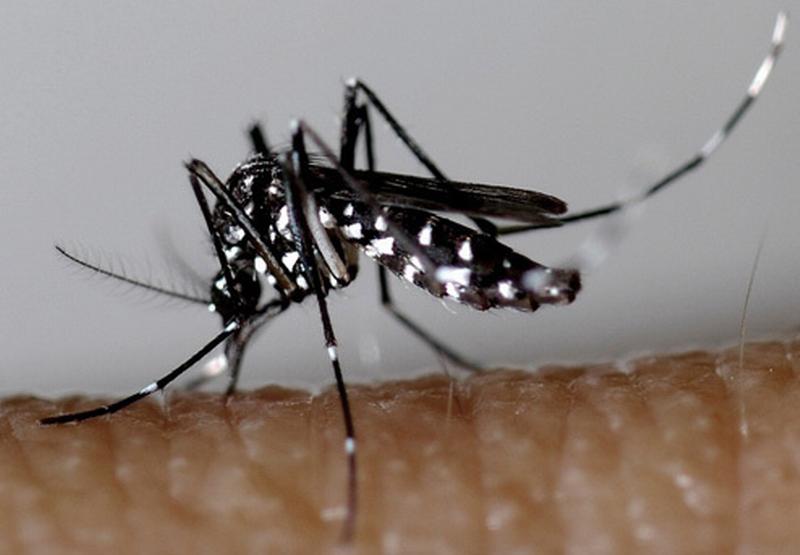This page has been automatically translated. Please refer to the page in French if needed.
Chikungunya, dengue, zika
Monitoring and control of the tiger mosquito between May and November
Publié le null - Legal and Administrative Information Directorate (Prime Minister)
Now implanted in 71 departments, and mainly active between May and November, the tiger mosquito (Aedes albopictus) is a highly invasive species that can carry diseases such as dengue, chikungunya and Zika. Thanks to the Mosquito Reporting website, you can participate in its monitoring. Service-Public.fr informs you.

The tiger mosquito is native to the tropical forests of Southeast Asia (Aedes albopictus) has adapted to the urban environment by taking advantage of a multitude of containers in which he can lay his eggs. It can be a vector for viruses such as those of dengue, chikungunya or Zika. Listed in 71 departments in France, it is thus subject to special surveillance.
See the map departments.
Please note
A specific portal has been set up to report the presence of the tiger mosquito in France: mosquito warning.
For any report, you will need to bring a photo of a tiger mosquito or a specimen allowing its identification, and answer three questions about the characteristics of the reported mosquito.
Characteristics of the tiger mosquito
The tiger mosquito differs from other mosquitoes:
- it is diurnal: it stings during the day (mainly in the evening and morning);
- it is silent;
- it is very small: less than 0.5 cm (smaller than a 1 euro cent coin);
- its hind legs are black and have five rings of white scales. The back of the chest is covered with black scales. In the middle is a conspicuous straight center line of white scales;
- he is exophilic, meaning he lives mostly outdoors, but he can still get into homes.
Some practical tips to avoid its proliferation
The female mosquito lays eggs in artificial water tanks. Each laying may consist of several hundred eggs. It is therefore advisable to avoid leaving at the disposal of laying sites:
- regularly empty or remove cups under flower pots, vases, or fill them with sand to conserve moisture without stagnant water;
- Store your various gardening or play containers away from rain.
- Cover the water collection canisters with a net or cloth.
- scrubbing the gutters to facilitate the proper flow of water.
Warning
These actions must be carried out by everyone. If only one of your neighbors does not follow these recommendations, the mosquitoes will come back.
Protect yourself
When you are outside:
- wear long, loose-fitting and light-colored clothing;
- use skin repellents and mosquito nets.
How do I know if I've been bitten by a tiger mosquito?
The first characteristic of the bite of the tiger mosquito is an itchy feeling that arrives very quickly, and intensifies for several minutes after the bite. Then a blister-like, flat blister-like button, like a blister, appears 5 millimeters to 2 centimeters in diameter, slightly lighter than the color of the skin, with a red halo that may widen depending on personal reactions. The pimple is usually hard, warm, and painful.
The bite of the tiger mosquito thus almost instantly scratches and then the itching disappears. However, they may reappear for several days if the temperature changes (after a shower, for example).
Additional topics
Service-Public.fr
National Agency for Food, Environmental and Occupational Safety (ANSES)
National Agency for Food, Environmental and Occupational Safety (ANSES)
Agenda
Déplacements
À partir du 1 mai 2024
Publié le 26 avril 2024
Impôts
À partir du 11 avr. 2024
Publié le 11 avril 2024
Prévention Covid-19
À partir du 15 avr. 2024
Publié le 18 mars 2024
Calendrier scolaire
Du 6 avr. au 12 mai 2024
Publié le 15 mars 2024

